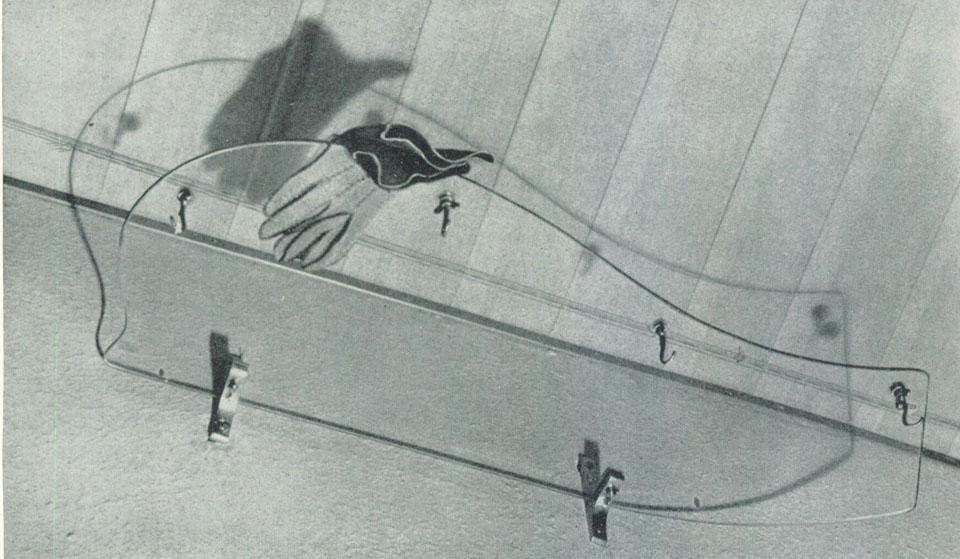A shell is formed over time in infinite layers that are the negative and petrified image of the animal living within: it is the practical expression of a feeling. The same is true for our faces and our homes. They grow around us and anchor, in new or discolored curtains and in clean or peeling walls, fathers' and children's events, habits, passions and boredom. We read the interiors divided by demolitions, and their flowery wallpapers, like photographs that narrate monotonous needs like just-removed clothes that still retain body heat. We live within these sentimental shells; but because they, like Diderot's dressing gown, have our form and speak; they can become objects of art but not art. And those other houses—all new, which fill the magazines and in which problems of "modern taste" are resolved according to the needs of a hypothetical functional man or the idea of an abstract Beauty implied, for mysterious reasons, in certain relationships, forms and fashions (the idea, so to speak, of eternal ideal furnishings)—have even less to do with art:
The oyster made its shell in every part, rounded, with dutiful Matisselike-orthodox-Masacciolike frescoes and a short tower in the taste of Picasso (but a bit more neoclassical). Then, blessed, it rose to the heavens of art.
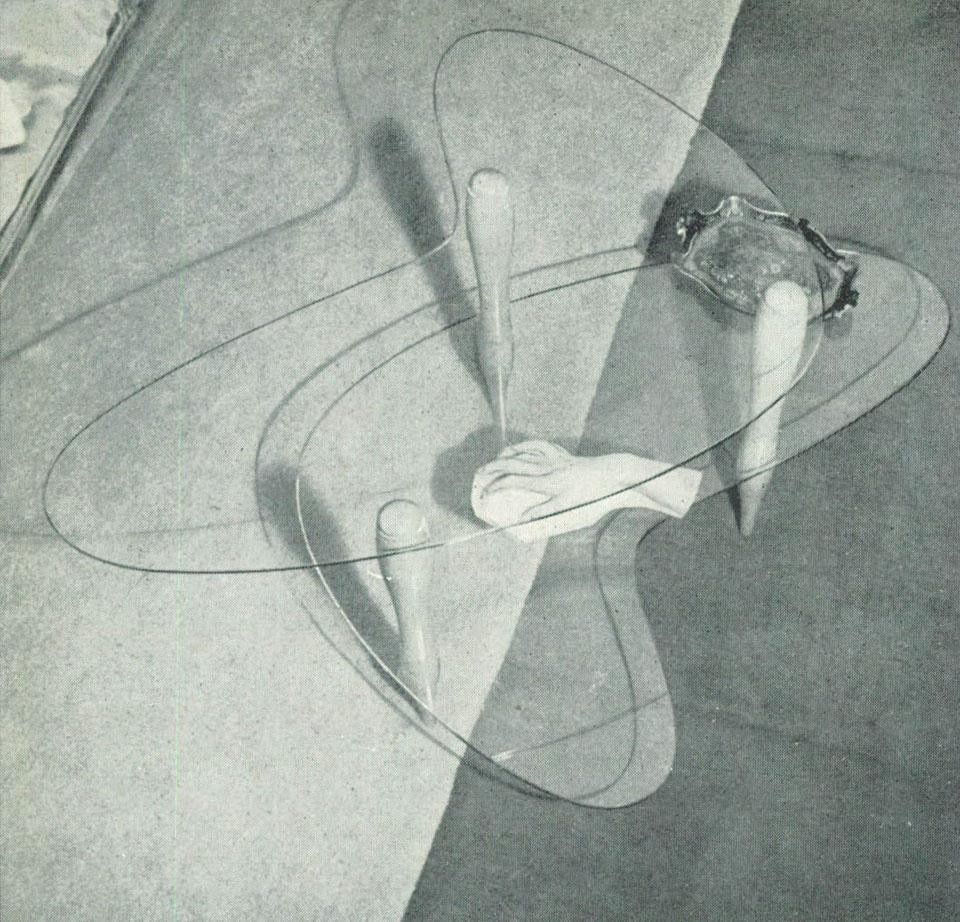
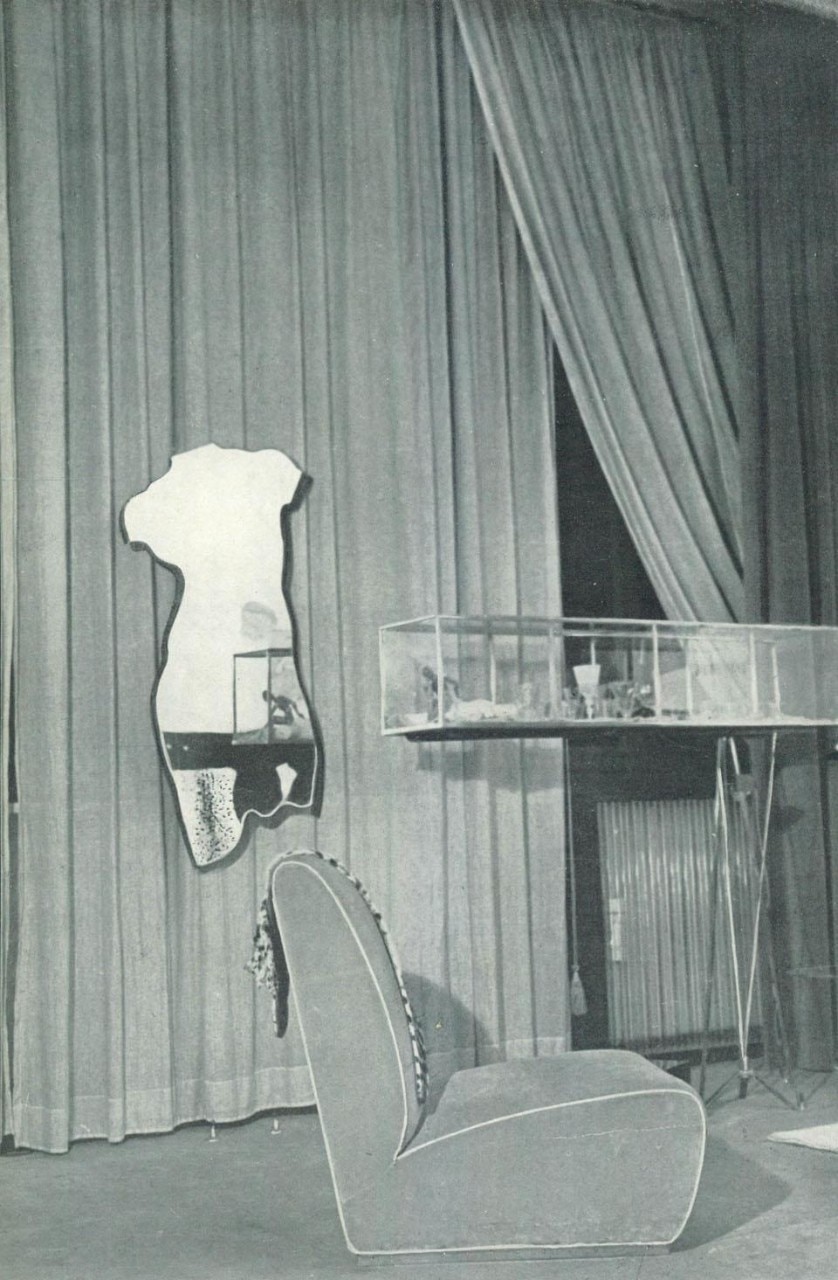
The colors of those curtains, the carpet, the chairs are exquisite: it is impossible, decoratively, to find a better and more hedonistically enjoyable relationship. But, in terms of Mollino's artistic personality, this hedonism is an alien element.
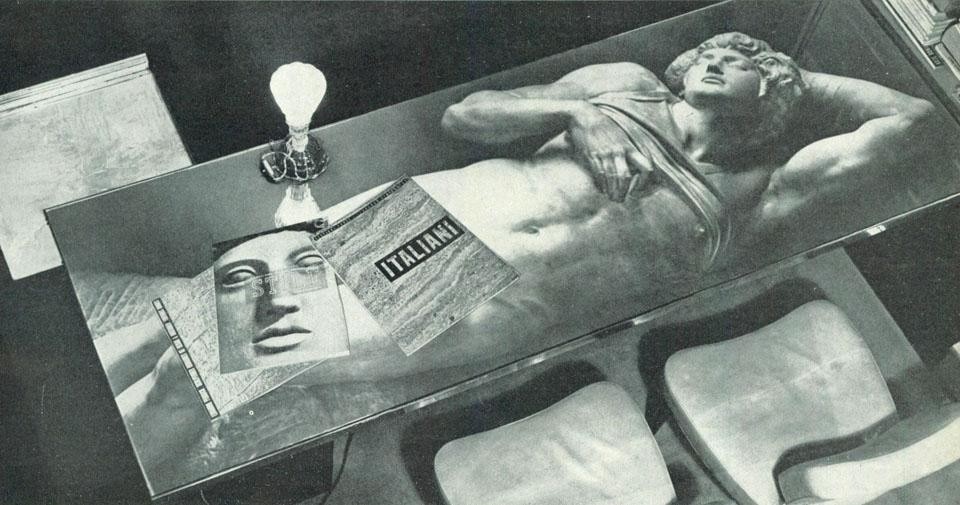
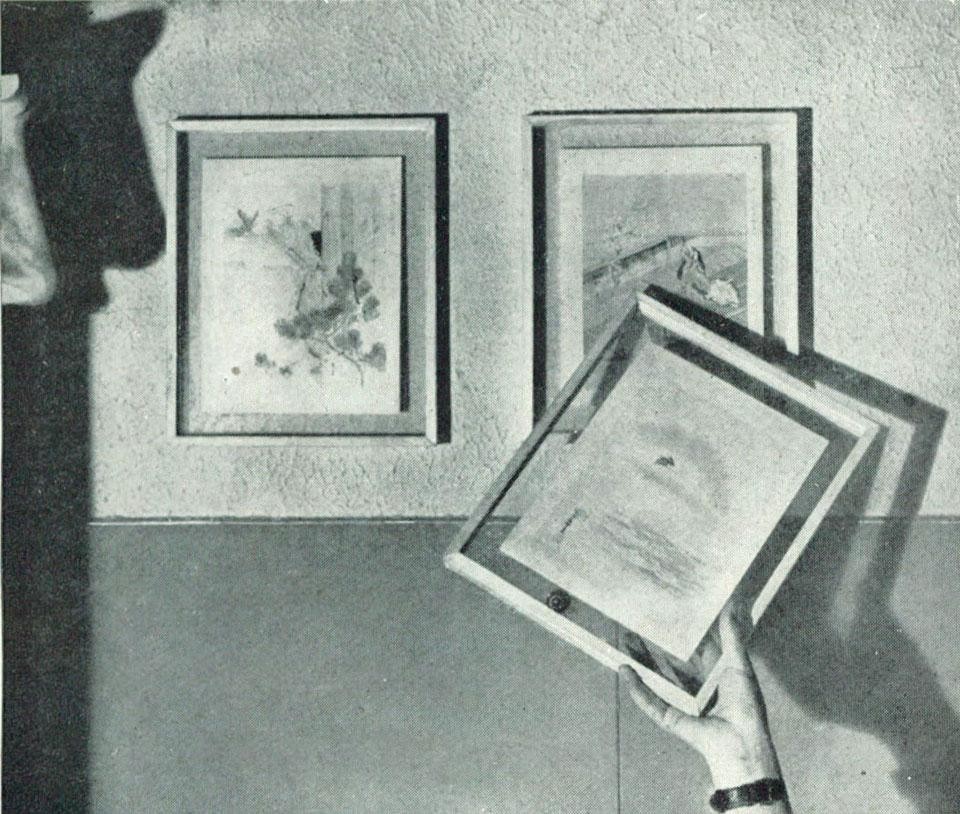
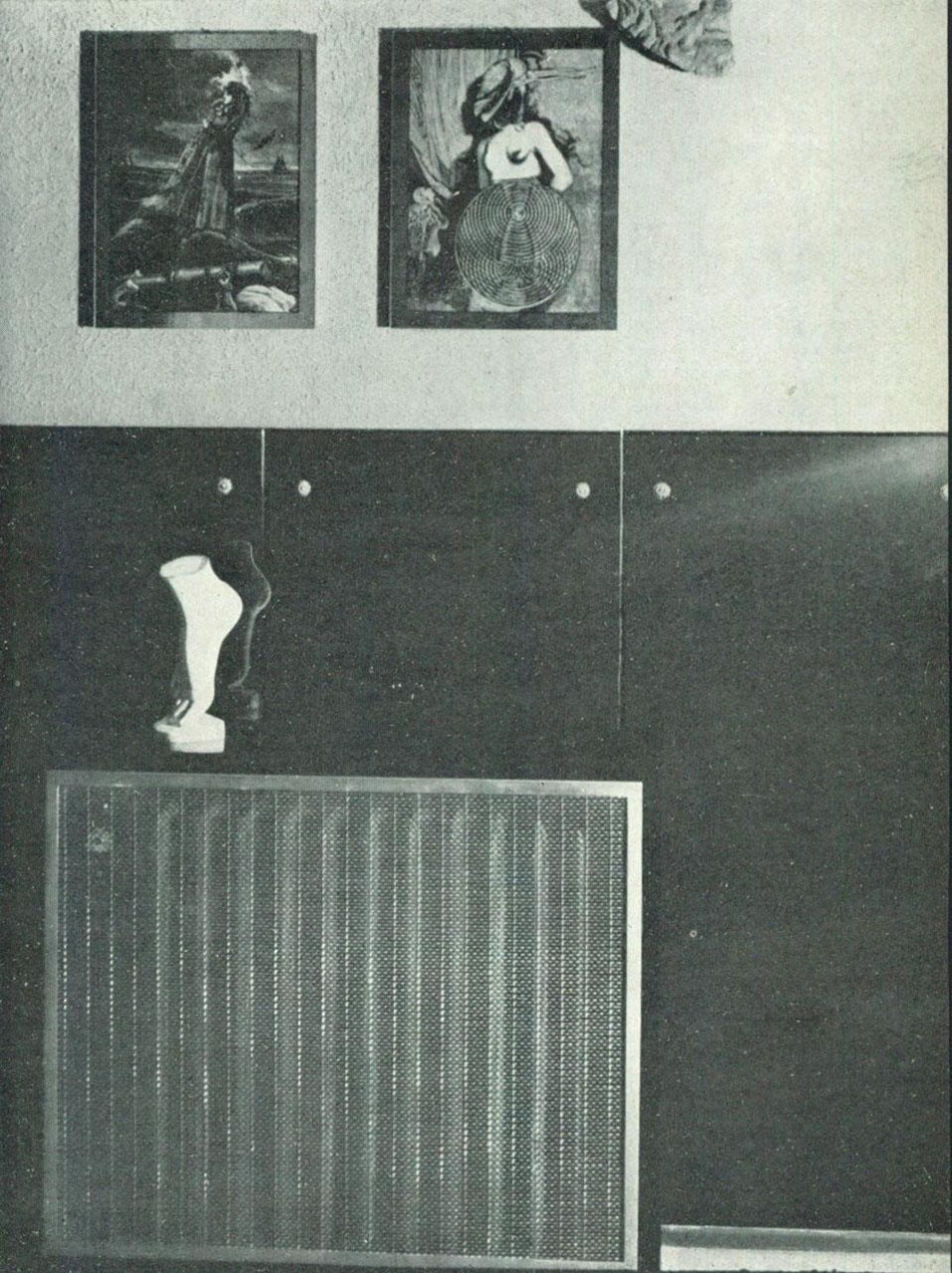
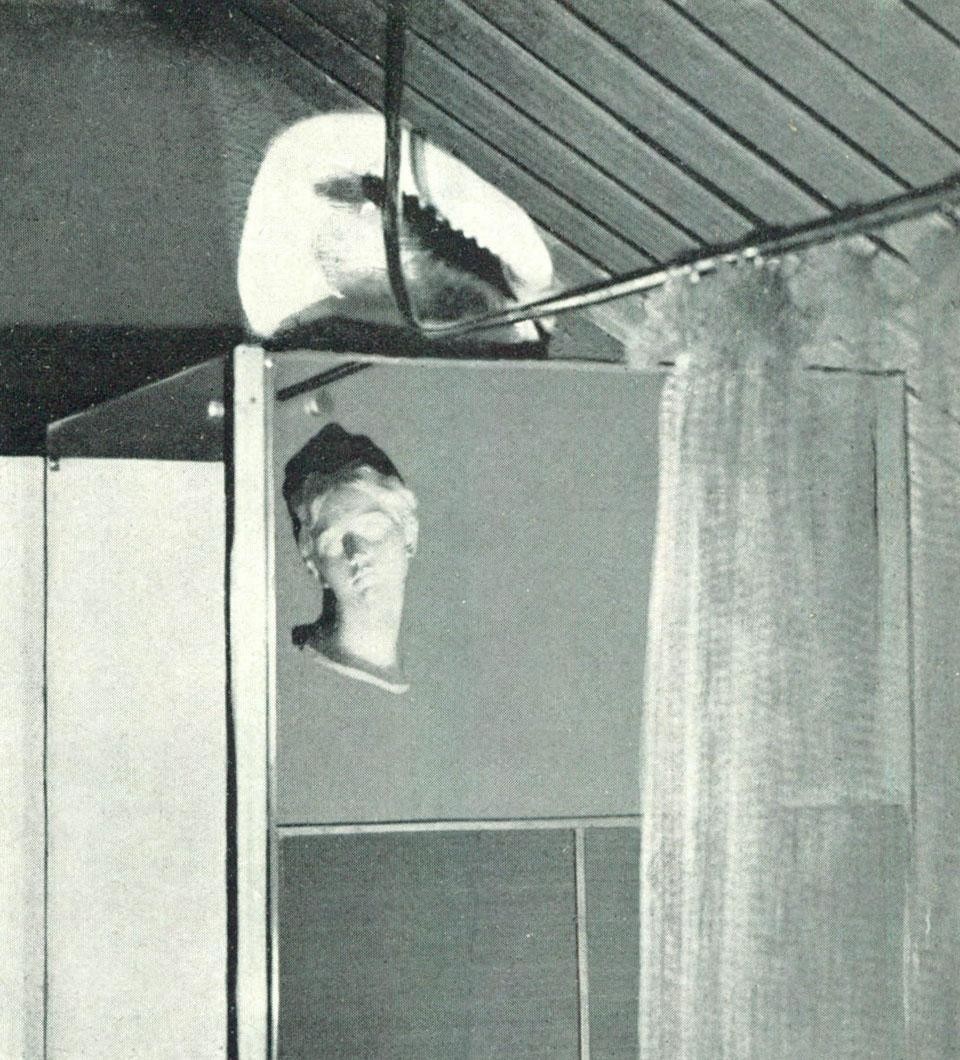
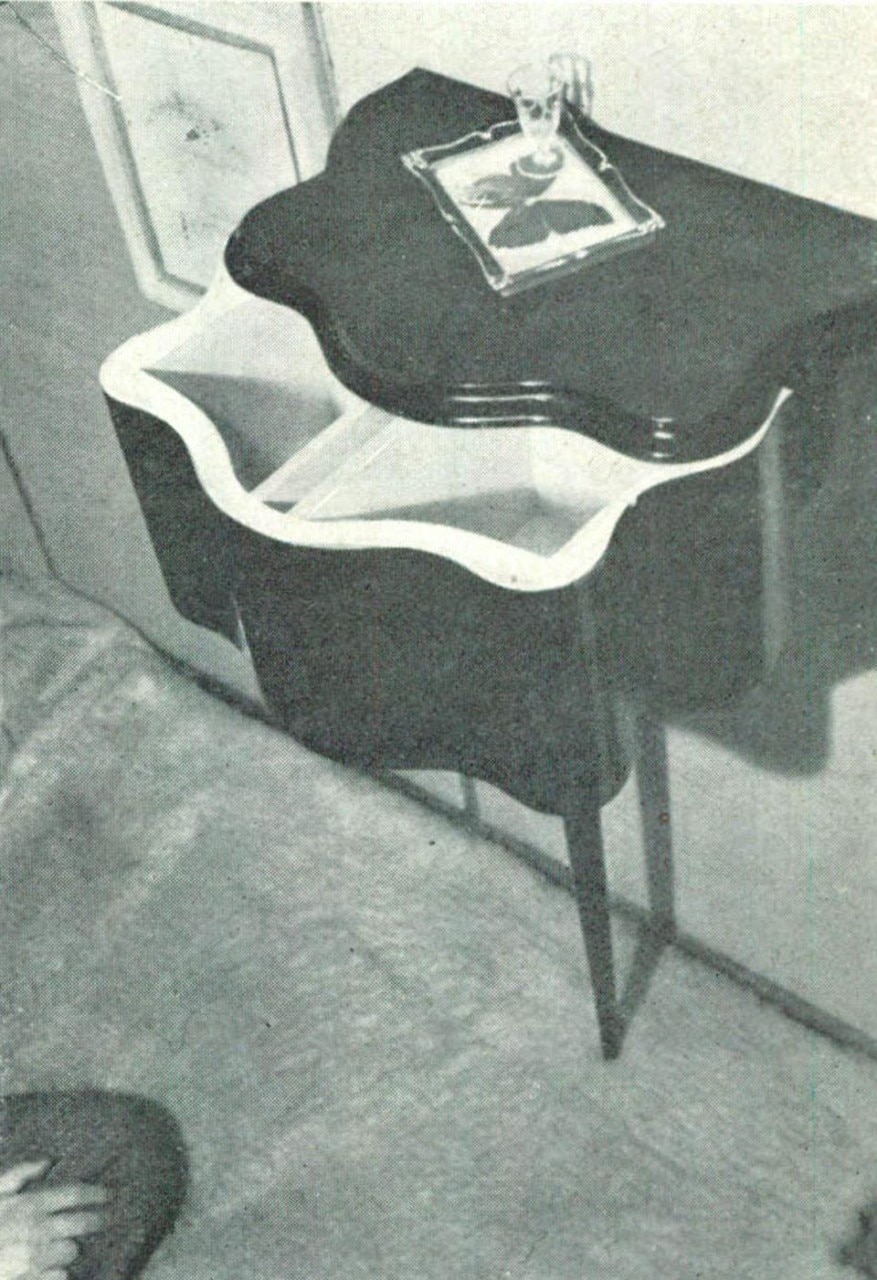
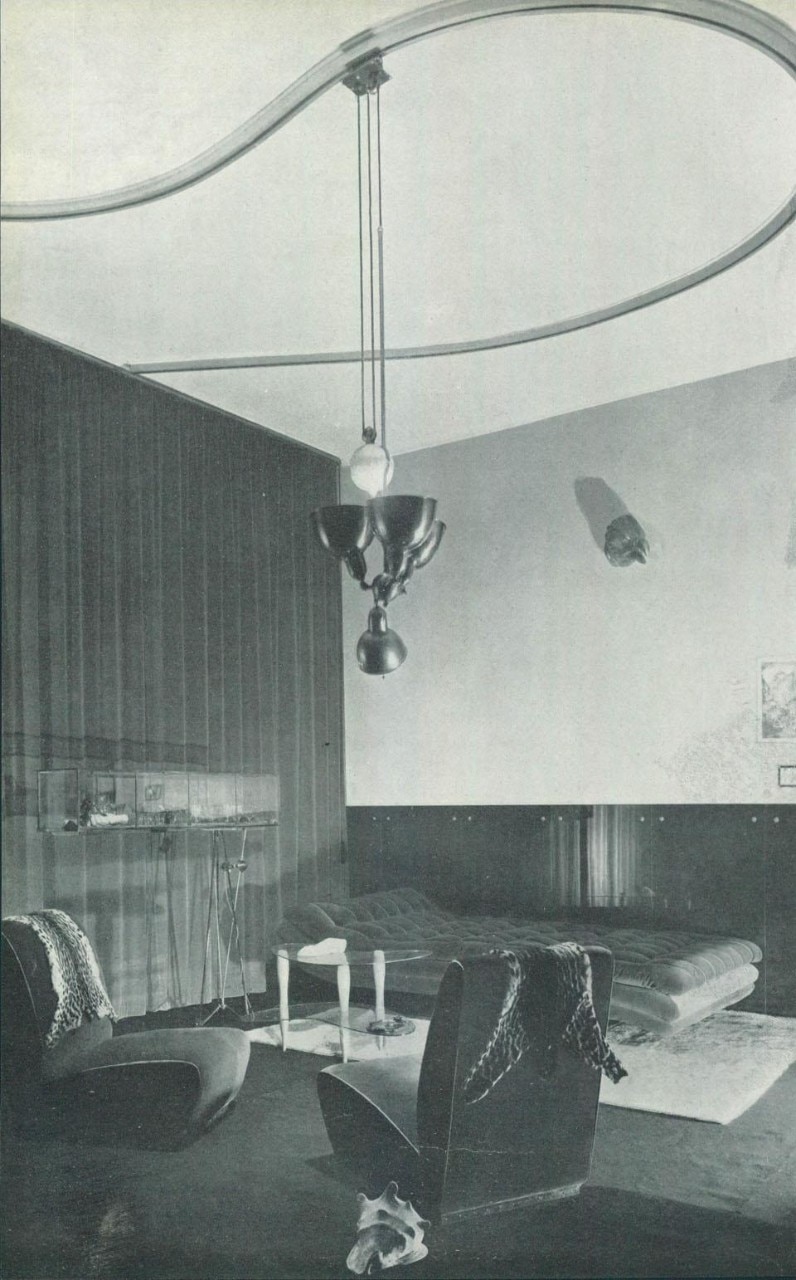
His interest, rather, is in a person individually determined in the coexistence of all of his time and all his space, and if he could obtain them, even all his possibilities. This aspiration to a single whole becomes explicit and objective rather than implicit and hidden; it refers, in other words, to a "character" described by Mollino through the means of architecture and set design. Here, architecture is born from autobiography and it is the effort to free himself objectively from it as a narrative; from this effort the character is born. It is an ambiguous character in the first and third person together, a trickster Ulysses in search of lost places. Rather than the house of this invented character, the Miller House wants to be the character himself (or his first attempt at existence) in whose belly, like that of the whale, the real inhabitants will live. Our character's main trait is that he tends towards totally self-sufficiency, towards turning everything into consciousness, towards rationalizing all impulses and feelings, and towards domination. If, then, he is a free character, he is very much like an Alfieri-esque tyrant. He wants to be everything. The first consequence of this is that, in its representation, space (because this, spatial, is its nature) must be false. This is a closed world; we are on stage or within a chapter. The door is locked; what is outside is totally arbitrary.
Carlo Levi


